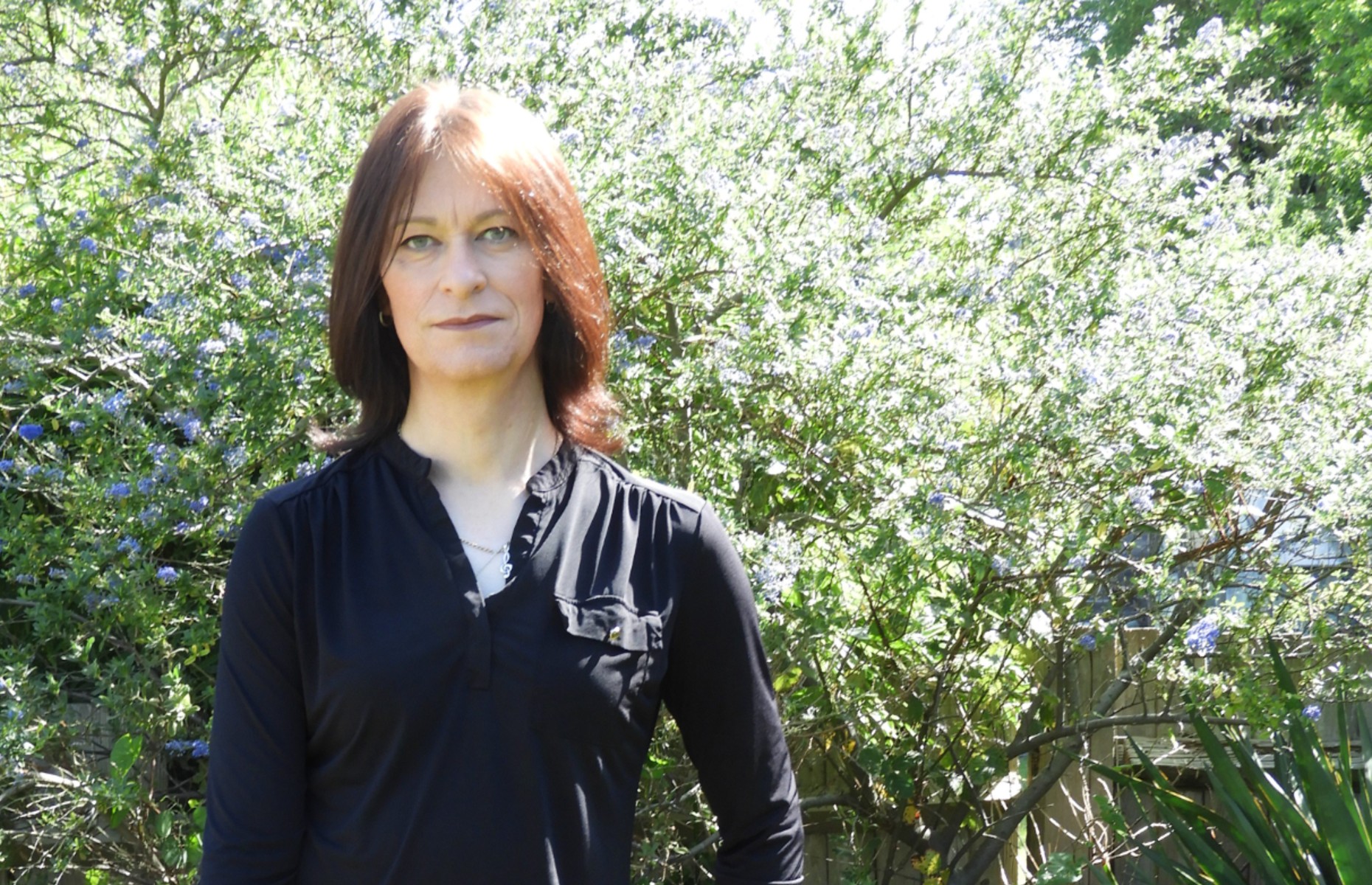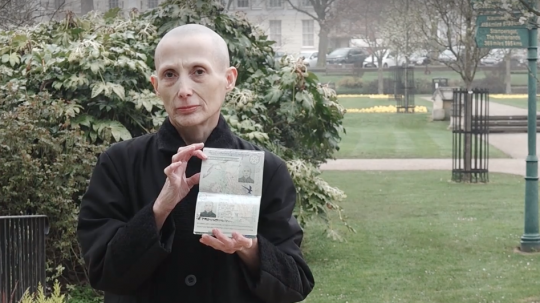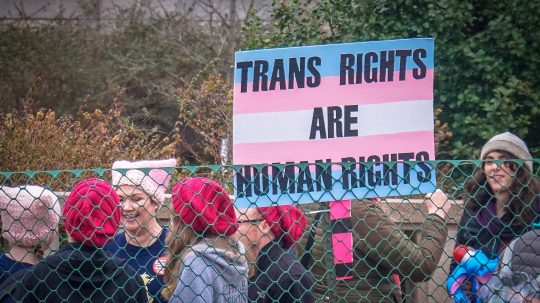Today (31 March) is International Transgender Day of Visibility. I know what you’re thinking – that’s fab, but why on earth does that deserve any more attention than National Paper Bag Day, National Lumpy Rug Day or National Eat Ice Cream for Breakfast Day?
Well, frankly, while I think National Eat Ice Cream for Breakfast Day gives it a good run for its money, International Transgender Day of Visibility gives me the opportunity to raise awareness that transgender people, including me, are here. It gives me the chance to say “look at me, I exist”.
That’s such an important thing to do – to be able to highlight – because for many trans people in the world, that chance, that basic human right to exist as themselves is denied. In so many countries, trans people are persecuted, vilified. In some, they are put to death.
In the UK, the low level of knowledge around the reality of being transgender – the fact is not a choice or a mental illness but, rather, linked to the natural, hormonal development of the brain – means that even here, trans people are subjected to abuse and discrimination.
Fear and suspicion
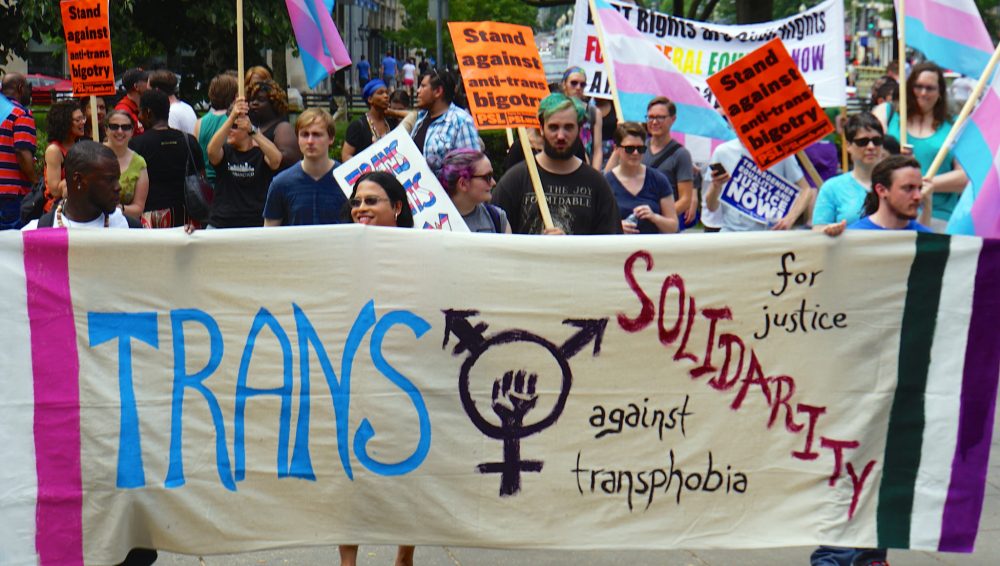 Image credit: Ted Eytan / Flickr
Image credit: Ted Eytan / Flickr
That lack of knowledge allows fear that others feed upon and seed with theoretical scaremongering, often referencing the “danger” of allowing trans women to use changing spaces, and the supposed devastating effect of allowing trans women to take part in women’s sports. Both of which, incidentally, had been happening without issue for years.
It’s that lack of knowledge that causes a societal pressure that means most trans individuals suffer huge mental wellbeing issues. Not because they are transgender, but because we, as a society, try to prevent them being transgender.
That’s like trying to prevent people having red hair or being left-handed. It’s like trying to eradicate people who have a disability. It’s a hideous and disgusting.
While some days I struggle with being visible, being a “role model” (whatever that means), I also know just what a positive impact seeing someone who is openly transgender can have on people who, for whatever reason, can’t come out. I know the impact of someone just talking to a trans person for the first time and understanding we are the same as everyone else, and not something to fear.
Coming out, again and again
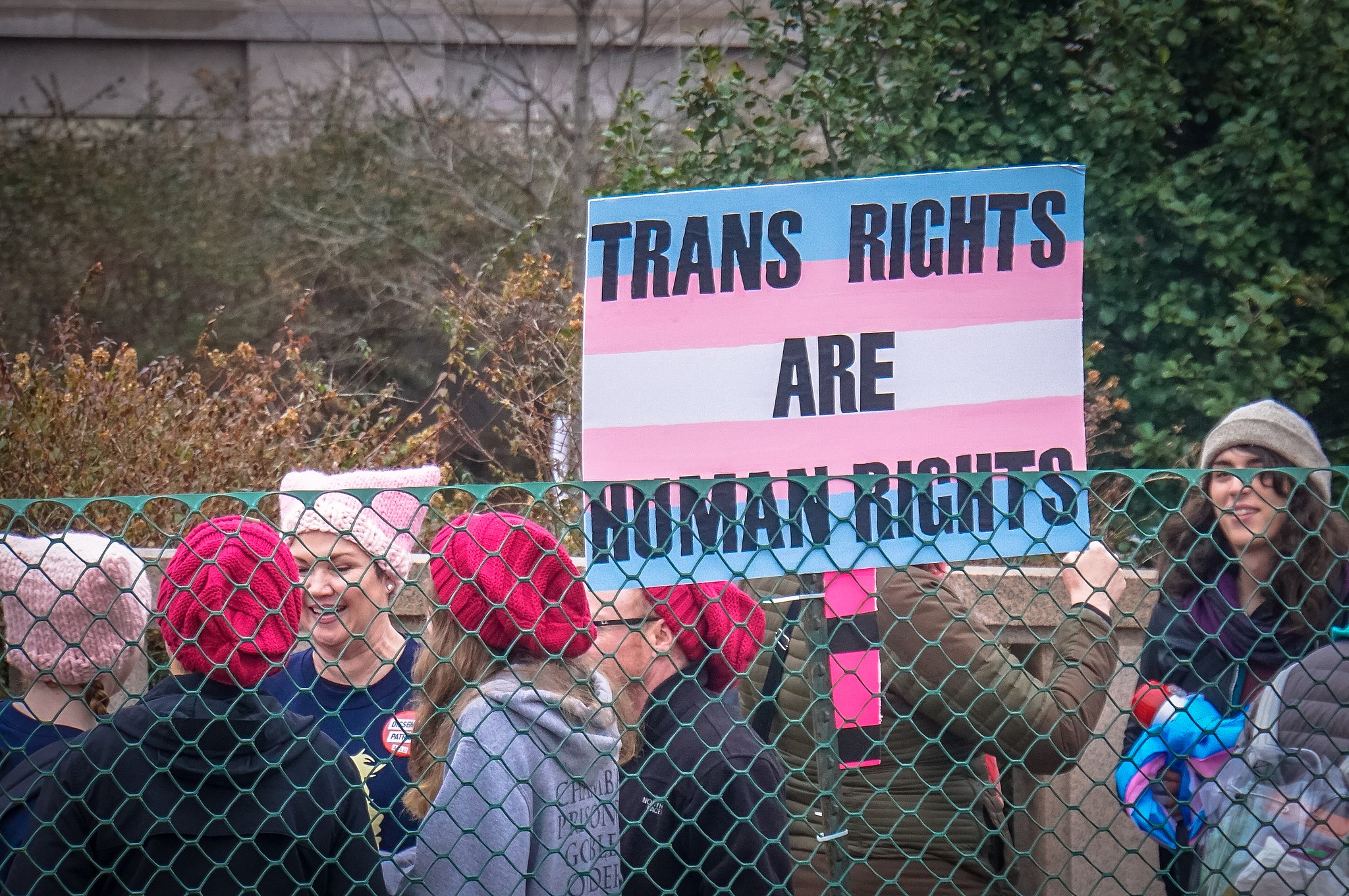 Image credit: Ted Eytan / Flickr
Image credit: Ted Eytan / Flickr
One thing I didn’t realise before I came out in 2017 was just how “out” you have to be when you are transgender, and how small my comfort zone was back then. International Transgender Day of Visibility is every day if you’re trans and out – there really is no “invisible”.
If you want to be open about being transgender, you come out to everyone – I have to come out to doctors, dentists, opticians, anyone that asks me if I’m on any medication. Because I am visibly transgender, I come out to people serving me in shops and even people walking past me in the street. I come out to people without ever saying a word to them.
The pressure of that is something I hugely underestimated. You deal with that pressure by building confidence and resilience – something that can be massively impacted by negative comments and behaviours.
That doesn’t mean we’re easily offended, though – if you make a mistake with my pronouns while talking to me, I honestly don’t much care. I might if you do it a lot, and I will if you do it maliciously, but everyone makes mistakes.
Being transgender is natural – it’s a positive thing. It gives me diversity of thought and view, a different perspective on the world. It’s brought me happiness and opportunities that I never dreamed existed. It’s brought me the most amazing friends.
That’s what visibility brings – and that’s why, although ice cream for breakfast sounds tempting, International Transgender Day of Visibility is the most important day of the year for me.
The views expressed in this article are those of the authors and do not necessarily reflect the views of EachOther.

